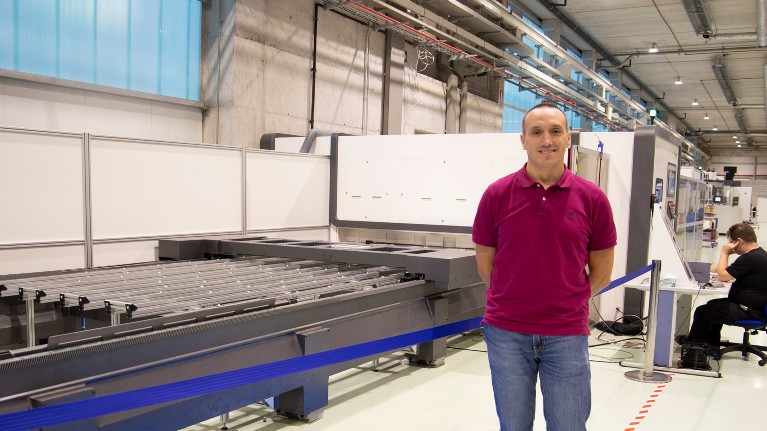Technological innovations aimed lessening environmental impacts in the aeronautical sector
The targets set by the European Union in terms of sustainability and mobility have made it necessary to renovate fleets and use new manufacturing systems to satisfy current demand levels.

Author: Oscar Gonzalo, head of the Aeronautics Sector at Tekniker
Transcendental shifts are currently taking place with regard to how we should address the climate change challenge from a social, economic and environmental perspective. As regards the aeronautical sector, the goals set by the European Union with regard to the level of climate neutrality to be achieved by 2050 require more investments in technological research and the implementation of innovative solutions to transform aeronautics. The ultimate goal is to reduce CO2 emissions by 30 to 50% and improve the mobility for passengers and cargo.
Sustainability: towards climate neutrality
The main lines of research aimed at improving sustainability in the aeronautical sector are currently focused on reducing emissions by developing new propulsion systems that use energy sources such as electricity, hydrogen or SAF (Sustainable Aviation Fuel). Lighter designs are also being looked into to produce structural components and more efficient designs for aerodynamic components.
When both aspects are brought together it becomes possible to develop new architectures for aircraft that can accommodate new energy propulsion and storage systems.
Current trends aimed at electrifying and digitising the sector have also posed new challenges in terms of actuation and control systems.
This new generation of aircraft will require new designs to incorporate all of these new technologies and achieve sustainable transport.
New mobility trends
According to forecasts released by leading aeronautical manufacturing companies, there will be a significant increase in air traffic over the next decades that will double the figures reported prior to the pandemic by the year 2041 with a significant renovation of aircraft. The number of planes carrying more than 100 passengers is expected to double.
Most studies point out that there will be more types of new aircraft available to meet mobility demands as a function of whatever has to be carried (passengers, goods, unmanned aircraft, etc.).
It has therefore been estimated that electric propulsion will be used more for short flights, urban mobility and certain types of aircraft such as helicopters. As far as hydrogen is concerned, it is expected that the range will be extended to medium and short distance flights. Long-distance flights, however, will still be covered by planes propelled by ultra-efficient turbine technologies using fuels and SAF or hybrid technologies to make the most of the different alternatives (electricity, hydrogen and SAF) that are currently available.
Download the paper in full.
